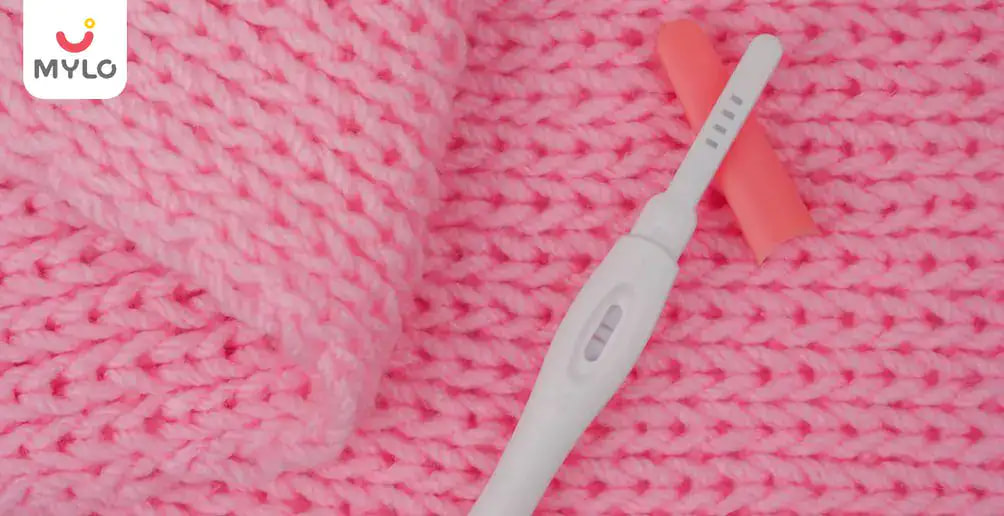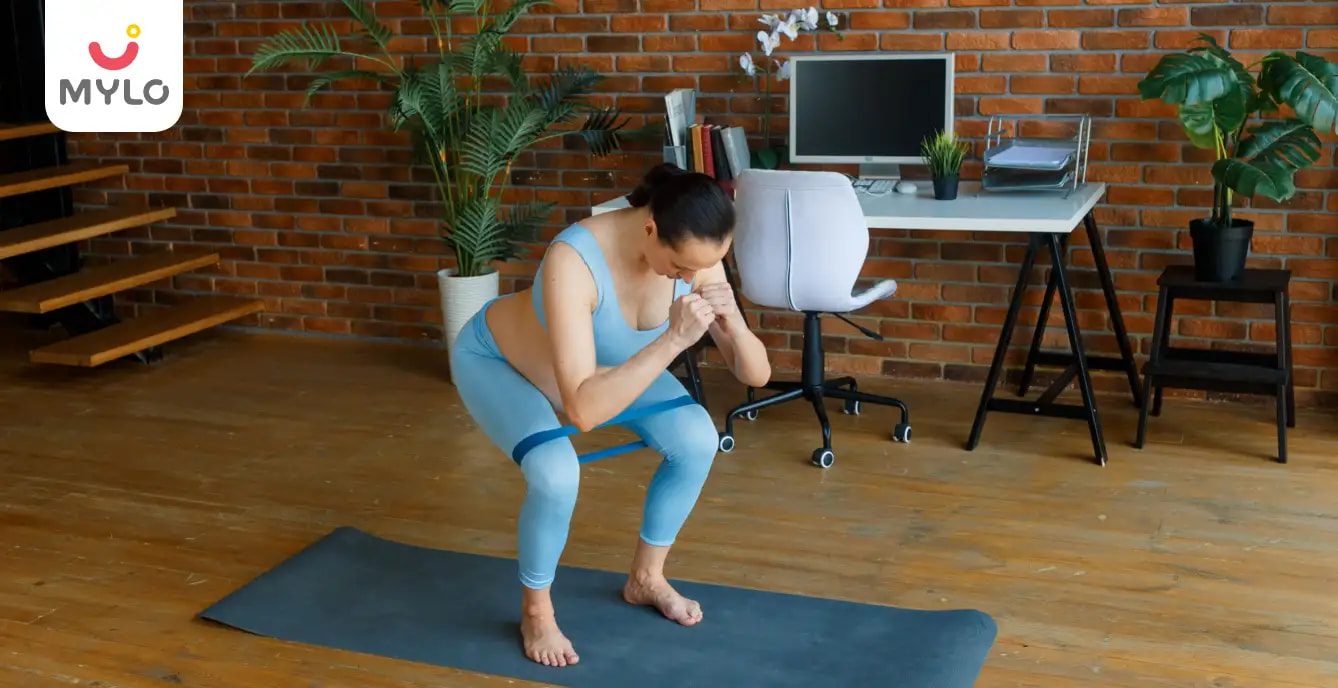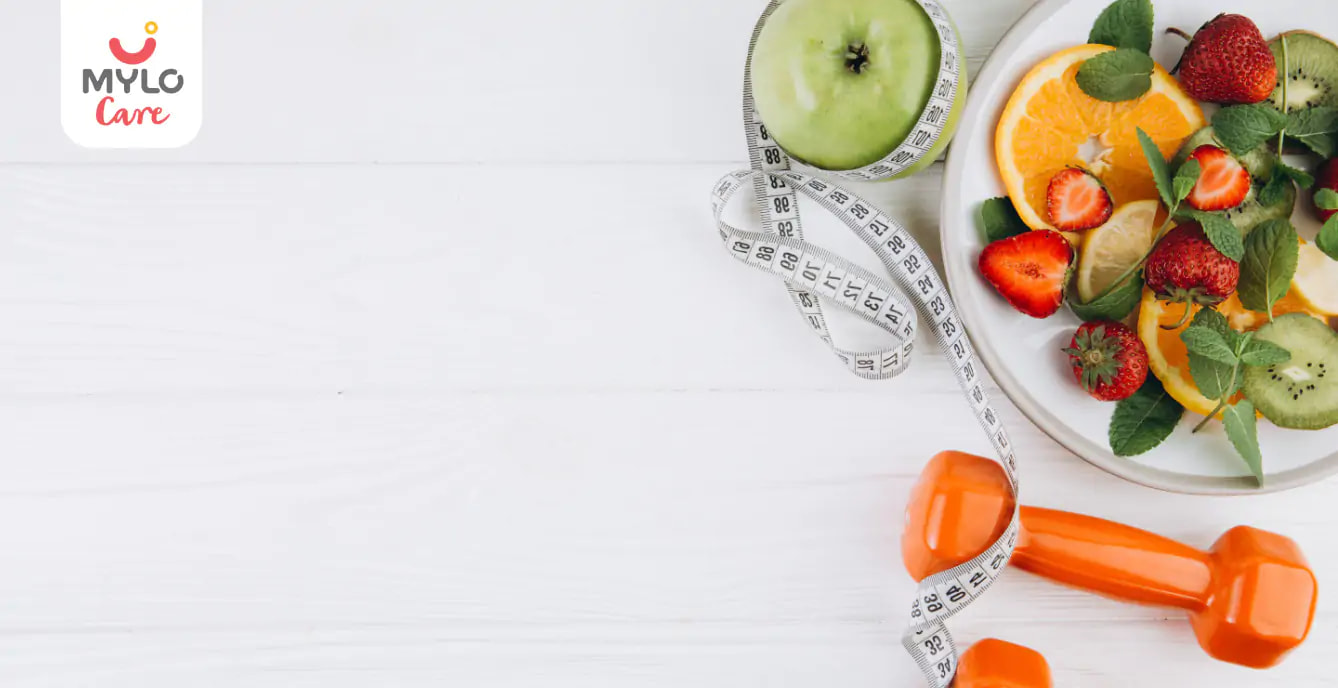Home

Diet & Exercise

5 Safe and Effective Core Exercises for New Moms
In this Article
Diet & Exercise
5 Safe and Effective Core Exercises for New Moms
Updated on 29 January 2022
When you're pregnant, your abdominal muscles get stretched and pushed aside to make room for the growing baby in your uterus. In many cases, though not all, the two sides of the main abdominal muscle, the rectus abdominis, will separate. This condition, called diastasis recti, creates a gap between the two sides of the abs and can leave a visible bulge or gap after delivery.
Another physical change that's less visible (but super important to address) happens in the pelvic floor. The pelvic floor is made up of the major muscles that support your pelvic organs—including the vagina, bladder, and rectum. Just like your abs are stretched, strained, and weakened, your pelvic-floor muscles are impacted by pregnancy. When these muscles don't function properly, it leads to problems like urinary and fecal incontinence or something called pelvic organ prolapse, which is when the pelvic organs slip out of place and create a bulge (like a hernia).
Luckily, there are some exercises that new moms can do to focus on strengthening both the core and pelvic floor.
1. Belly Button to Spine and TVA Counting
Belly button to spine targets a muscle called the transverse abdominis (TVA), a deep abdominal muscle that wraps around the midsection of the body like a pair of Spanx—lengthening, cinching, and pulling the two sides of the six-pack back together—effectively working to close your diastasis. The counting part is there to remind you how to breathe and maintain muscle activation as you would in your regular daily activities. Here's how to do it:
• Sit on a physio ball, yoga block, or bolster, with your legs crisscrossed underneath you.
• Inhale through your nose and allow your belly to fill with air. Make sure you completely relax the tummy muscles as you inhale. Allow the rib cage to open up and out.
• Exhale a long, slow, even breath out of your mouth and feel the TVA wrap around your midsection, the two sides of the abs knitting back together. Pull your belly button in toward your spine.
• Repeat, but this time keep engaging your core on the exhale as you count out loud to 10, taking little sips of air throughout.
• Do this each day and start counting a little bit longer when it feels comfortable, working your way up to 25.
2. The Sideways Elevator
This exercise asks you to imagine your belly button is an elevator. Now turn that elevator on its side and imagine the elevator shaft goes through your tummy to your spine. Here's how to do it:
• Get on your hands and knees.
• Inhale through your nose and allow your belly to fill with air. Completely relax the tummy muscles.
• Exhale a long, slow, even breath, feeling the TVA wrap around your midsection, the two sides of the abs knitting back together. Imagine that the elevator (your belly button) is moving up the elevator shaft to floors one, two, three, four, and five. Pause for a second at each "floor."
• Inhale through your nose again and imagine the elevator moving back down to the ground floor (your belly button).
• Pause for a moment at the end of each inhale and exhale.
Modification: If this position is too challenging, do it in a seated position on a physio ball, yoga block, bolster, or chair.
3. Pea Up a Straw
The pelvic floor is a pretty incredible system, made up of three separate layers of muscles that not only squeeze but also pull together and lift up to support the abdominal organs and your spine. Here's a good way to isolate and work those muscles:
• Start in the child's pose: Kneel on your mat with your knees hip-width apart and your big toes touching behind you. Fold your torso over your thighs, and extend your arms out in front of you.
• Inhale through your nose, taking a deep belly breath and feeling a full release of the pelvic floor.
• Imagine that there is a little pea in the middle of your pelvic floor (between your vagina and anus) and a straw reaching up through your body. Exhale a long, slow breath out of your mouth as you imagine sucking that little pea up the straw.
• Maintain this feeling of squeezing the pea, and hold for a few seconds if you can.
• Inhale through your nose again, and release the pea back to the start position.
4. Heel Slide
This move challenges the TVA and starts to engage other deep core muscles, namely the psoas, which is a crucial abdominal muscle that connects our spine, pelvis, and legs. Before you begin this exercise, lie on your back with your knees bent and feet on the floor. Take a ball, yoga block, or folded towel and place it between your knees. Inhale. Then exhale and squeeze the object between your knees, focusing on the wrap of the TVA. Once you get familiar with that feeling, move on to the heel slide:
• Remain to lie on your back, with your knees bent and feet on the floor.
• Inhale through your nose, and allow your belly to fill up with air.
• Slide one foot out along the mat until your leg is straight. Exhale a long, slow, even breath as you feel your TVA engage around your midsection.
• Flex your foot and slide your heel back in along the mat in a slow, focused movement. Be sure to keep the rest of your body planted on the ground.
5. Pelvic Tilt
Your abdominal muscles stretch more than 50 percent over the course of your pregnancy. Here's a great exercise to tighten them up again:
• Lie on your back, with your knees bent and feet on the floor. Make sure your lower back is flat on the ground.
• Inhale through your nose, and allow your belly to fill with air, completely relaxing the tummy muscles.
• Exhale a long, slow breath out of your mouth. Gently rock your pelvis back, feeling your pelvic floor lift. As you do this, you should also feel your TVA, obliques, and lower abs activating.
• Inhale through your nose again and rock the pelvis forward again.



Written by
Loveleen Gupta
A working mother with more than two decades of experience in writing for the publishing industry and digital space, Loveleen Gupta loves dabbling in creative writing also. A graduate from Miranda House, she uses her personal experiences to express herself.
Read MoreGet baby's diet chart, and growth tips

Related Articles
RECENTLY PUBLISHED ARTICLES
our most recent articles

Fears & Phobias
Top 6 Fears during Pregnancy and Why you shouldn't worry about them?

Garbha Sanskar
How does practicing Garbha Sanskar during 9 months of pregnancy help women deliver a healthy baby?
Ayurveda & Homeopathy
Do you believe in Ayurveda? Here are some important Ayurvedic suggestions for a pregnant woman.

Working Parent
Here are some interesting tips that can help you effortlessly manage your office work, baby care, and domestic duties.
Baby Moon
Planning a babymoon? Here are some tips to make it a relaxing and healthy one
Hormones
What are the few ways to manage hormonal changes in the body that every woman goes through during pregnancy?
- 5 finance management tips for new parents
- Symptoms and Causes of Cold in Infants
- Do you also want to choose an Ayurvedic diet during your pregnancy?
- 6 Awesome Tips to Make Your Baby's First Birthday Party Memorable and Fun
- 7 points to remember while designing your baby's nursery
- Are you finding it arduous to manage your toddler and a new baby at the same time?
- What are the common health conditions that you should be aware about when expecting more than one baby?
- Learn all about the top 4 causes of food aversion and cravings during the pregnancy period
- Which 6 skills are expected from a child to be ready for preschool?
- 8 things to consider while designing your baby's nursery
- If you're heading back to work after maternity leave then these 7 tips will help you ease the transition.
- Causes of Bruxism (Teeth Grinding) in Kids
- Nose bleeding during pregnancy
- Find out all about phobias in children and what can you do as a parent


AWARDS AND RECOGNITION

Mylo wins Forbes D2C Disruptor award

Mylo wins The Economic Times Promising Brands 2022
AS SEEN IN
















- Mylo Care: Effective and science-backed personal care and wellness solutions for a joyful you.
- Mylo Baby: Science-backed, gentle and effective personal care & hygiene range for your little one.
- Mylo Community: Trusted and empathetic community of 10mn+ parents and experts.
Product Categories
baby carrier | baby soap | baby wipes | stretch marks cream | baby cream | baby shampoo | baby massage oil | baby hair oil | stretch marks oil | baby body wash | baby powder | baby lotion | diaper rash cream | newborn diapers | teether | baby kajal | baby diapers | cloth diapers |








